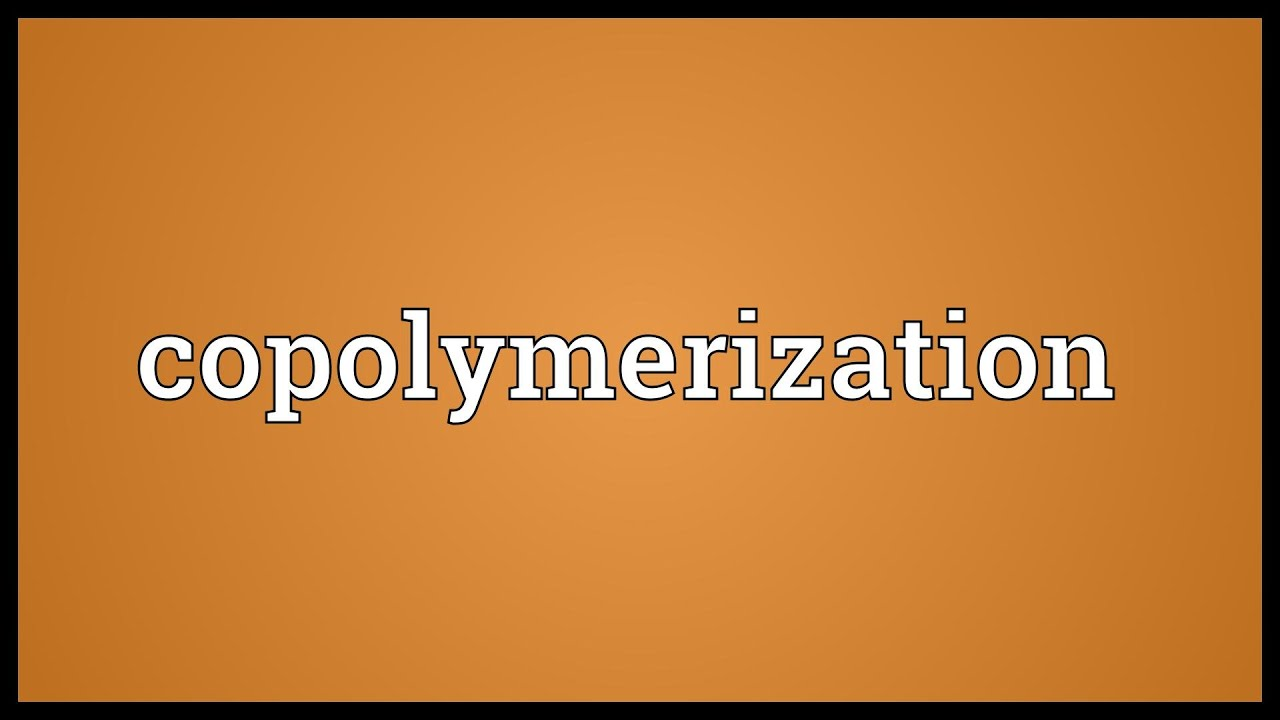A larger portion of the commercial polymers is constituted by the copolymers and is known as copolymerization. They vary in the distribution of the polymers and the composition. The monomers can have similar different physical properties and cause a variety of copolymers with different uses and properties. For example, small amounts of trifunctional monomers, or dienes can be introduced to the aliphatic polymer to allow the cross-linking of the polymers for achieving certain mechanical properties.
Generally, copolymers have two different polymers and these monomers can have either similar or different physical properties. By the process of copolymerization, different copolymers are formed such as statistical copolymers, alternating copolymers, block copolymers, and graft copolymers. Synthesis of macromolecules having the more than one repeating unit has been widely explored as a mean to control the properties of the resulting substance.

Addition Copolymerization
The direct copolymerization of the equimolar mixtures of various monomers gives rise to the statistical copolymers or if one of the monomers is more reactive then a homopolymer of that monomer is obtained. For example, the copolymerization of styrene with the methyl methacrylate is differently proceeded depending upon the mechanisms. The statistical copolymer is obtained by the radical polymerization. Largely polystyrene is produced as a product of cationic polymerization and the formation of poly methyl methacrylate is favored by the ionic polymerization. Sometimes, the composition of copolymers can be controlled by the continuous introduction of a biased mixture of monomers to the reaction. This step is only taken where the relative reactivities are different. When the polymers have different polar substituents then the formation of the alternating copolymers is favored. Here the different polar substituents mean the one as electron donation and another electron drawing. For example, acrylonitrile, and styrene are copolymerized in the alternating fashion.
Block Copolymerization
Various techniques have been developed for the development of block polymers and among these techniques, condensation reactions are widely used. Copolymerization is observed for the preparation of the material which is used to make the automobile tires. Acrylonitrile butadiene styrene that is an SBS rubber is an example of block copolymerization. In this rubber, the blocks are of polystyrene polybutadiene that is Styrene Butatine Styrene. Some other examples of copolymers are ethylene vinyl acetate and nitrile. Normally, the block copolymers can be prepared by the controlled polymerization of the one polymer followed by the chain extension reaction with a different polymer and as a result, AB or the ABC block polymers are produced.